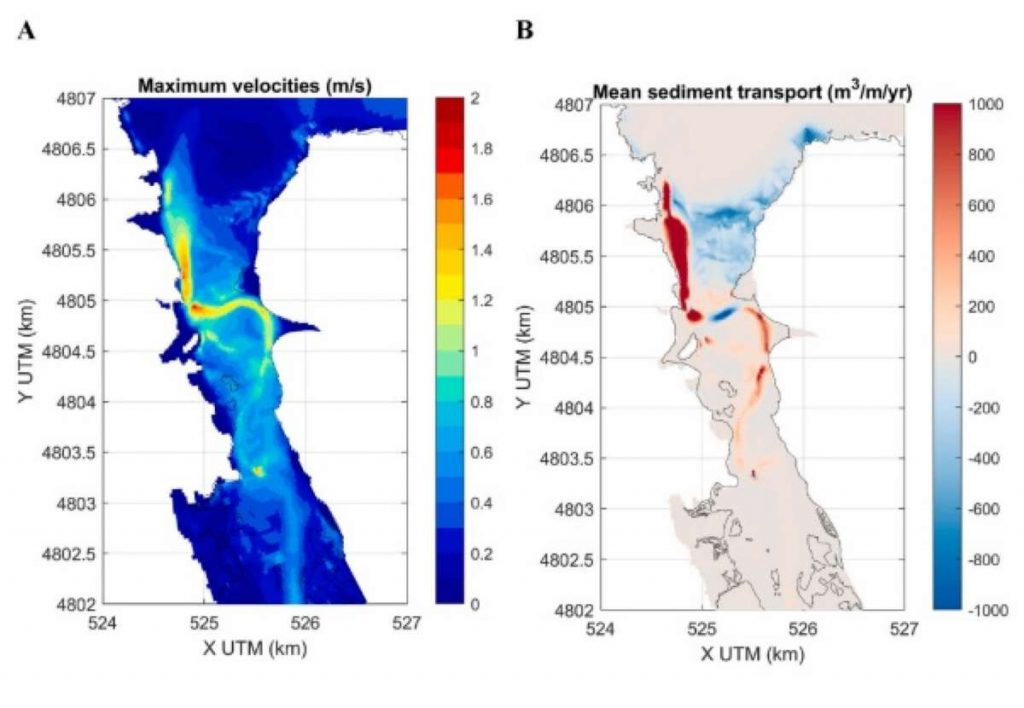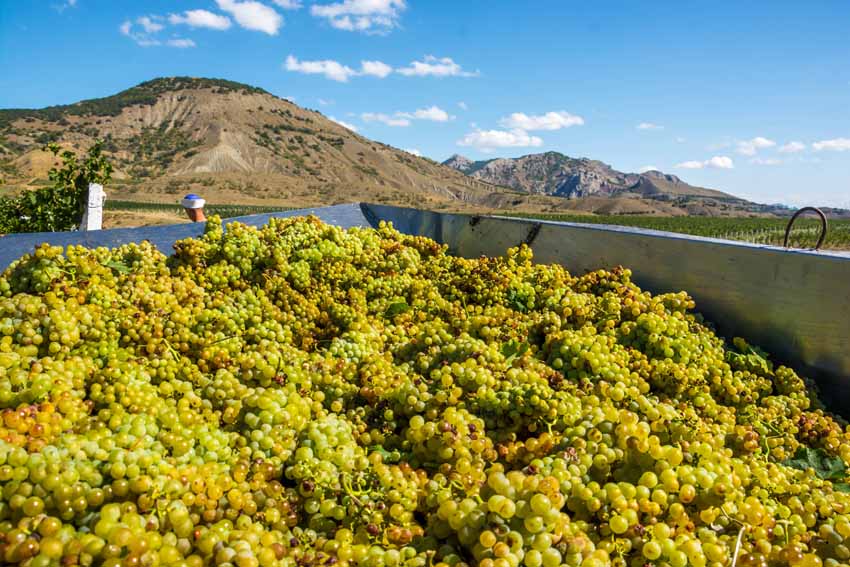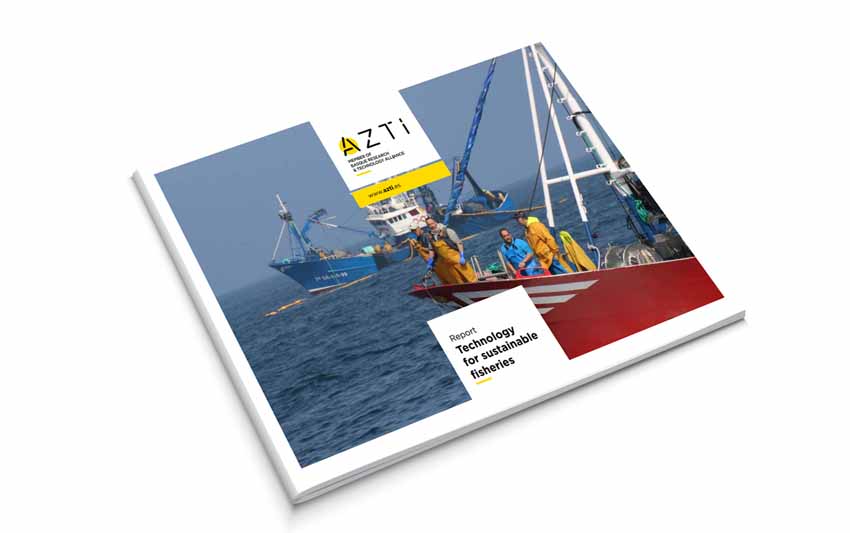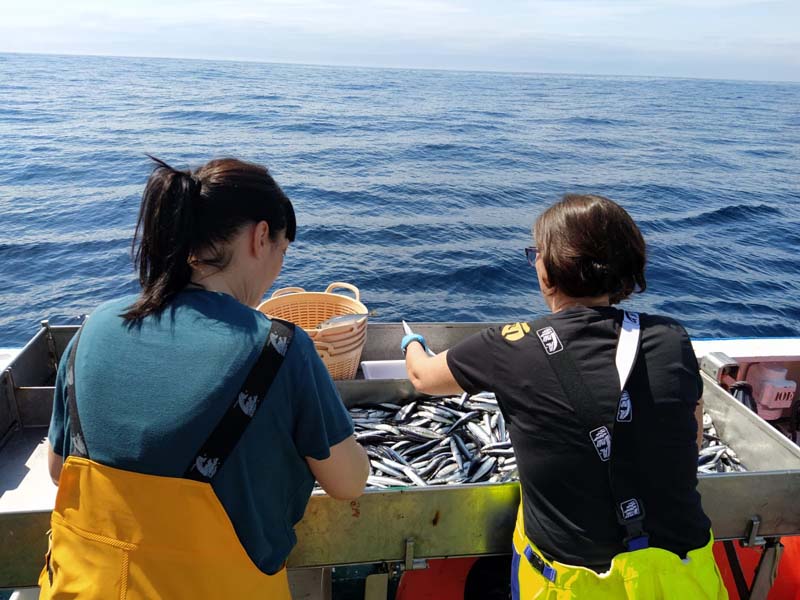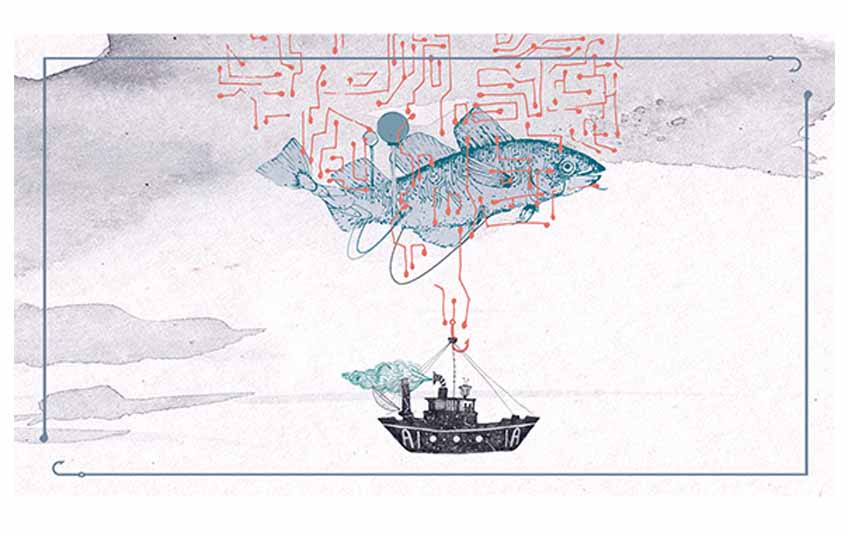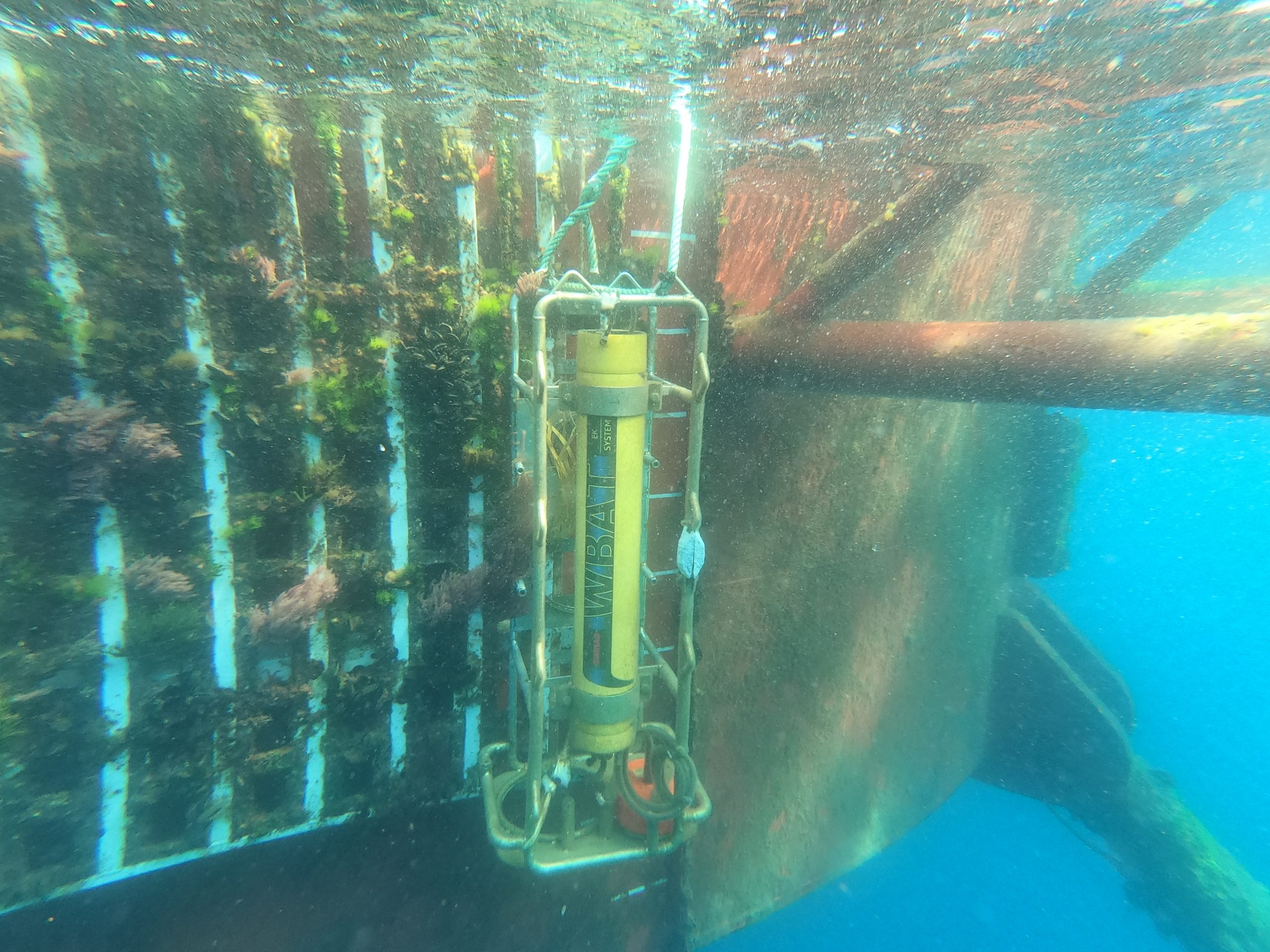AZTI studies the impact of climate change on the River Oka estuary in Urdaibai
Últimas noticias
Una mirada LGTBIQ+ al reino animal
Circular Economy in Action: Valorisation of By-products through Projects like PRIMA NEWFEED
Strategic Perspectives: Highlights from the Food4Future World Summit for Business Leaders
- The report, sponsored by Ihobe and with the support of the LIFE Urban Klima 2050 project, assesses how the estuary’s habitats and communities may be affected over the coming century.
Climate change is a growing and inevitable threat for estuaries around the world. As the Intergovernmental Panel on Climate Change (IPCC) warned in its 2021 report, the global sea-level rise scenarios will cause the coastal systems and low-lying areas to suffer increasingly more adverse climate impacts in the coming decades. In turn, those impacts are aggravated by the greater pressure caused by humans and by alteration and degradation in the past.
Given this forecast and taking into account the ever greater pressing need to guarantee the resilience of the natural environment of the estuaries and their surrounding areas, AZTI has conducted the ‘Modelling the Morphological Response of the Oka Estuary to Climate Change’ study.The focus was on how the estuary habitats and communities may be affected over the coming century. The report, produced as part of the adaptation planning programme for Basque estuaries, is part of the Okaklima project sponsored by Ihobe through the Klimatek 20-21 initiative. It has the support of the LIFE IP Urban Klima 2050, and the collaboration of Southampton University and the Basque Government’s Natural Heritage and Climate Change Directorate.
A modelling system to simulate the morphological response of the Oka estuary to climate change was designed to conduct the study. The model allows both the short-term (storms, seasonal, annual) and the long-term changes (from decades to neons) to be examined. The document is focused on the long-term response and has taken into account the reaction of the estuary to changes in the past, such as the opening of marshland that had been drained at the start of the 18th century. Simulations with an exponential rise in sea level was conducted using scenarios obtained using the latest IPCC projects to predict the future response of the estuary. It can be concluded that the sedimentation rate in the estuary’s marshlands will be lower than the rate at which the sea-level is rising under those scenarios. Consequently, the flooding time in the current wetland area will increase, which will impact the feasibility and distribution of the species making up this plant community
This report tallies with Action 6.3 Adaptation Measures in Natural Coastal Zones of Urban Klima 2050.
